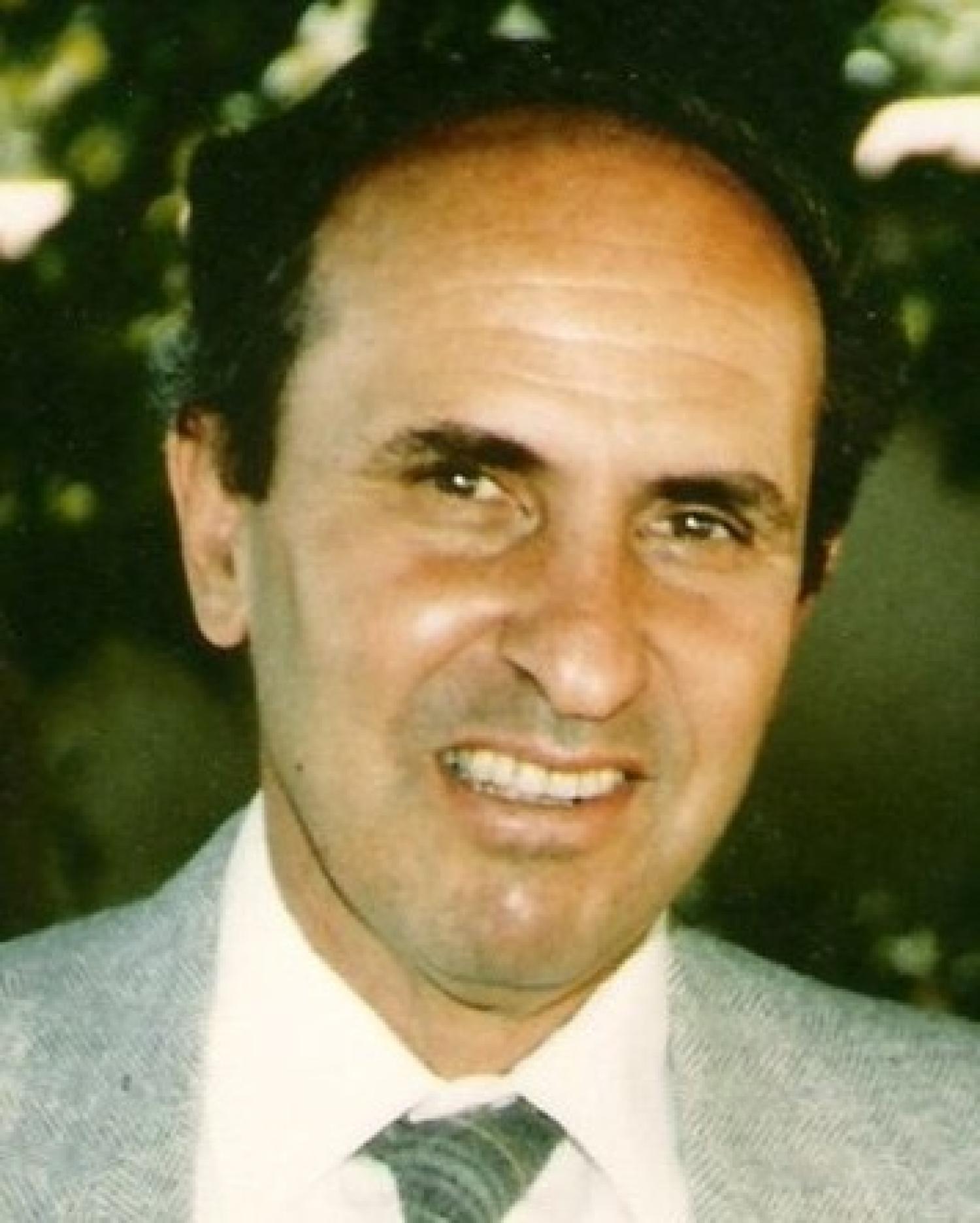Robert L. Sani
- Professor

Education
BS, MS, University of California at Berkeley (1958, 1960)
PhD, University of Minnesota (1963)
Awards
•Faculty Research Award, College of Engineering and Applied Sciences, University of Colorado, l983
Selected Publications
- Sani, R.L., J. Shen, O. Pironneau and P.M. Gresho” Pressure Boundary Condition for the Time-dependent Navier Stokes Equations,” International Journal for Numerical Methods in Fluids, [50],673-682, (2006).
- Sani, R.L., "Projection and Segregated Solution Techniques for Modeling Electrochemical Systems, " Proc. 11th International Colloquium on Numerical Analysis and Computer Sciences,Plovdiv, Bulgaria, (2002).
- Georgiadou, M., Veyret, D., Sani, R.L. and Alkire, R.C., "Simulation of Shape Evolution During Electrodeposition of Copper in the Presence of Additive, " J. Electrochemical Soc., [148], 54-58, (2001).
- Sani, R.L., "Modeling Electrochemical Systems, " Proc. 10th International Colloquium on Numerical Analysis and Computer Sciences, Plovdiv , Bulgaria, (2001).
- Gresho, P.M. and Sani, R.L., Incompressible Flow and the Finite Element Method, Vol 1. and Vol. 2, John Wiley and Sons, Ltd. (2000).
- Li, D., Sani, R.L., Greenberg, A.R. and Krantz, W.B., "Studies of the Thermally Induced Phase Separation (TIPS) Membrane Formation Process, " Proc. China-US AIChE Meeting, Beijing, September (2000).
Research Interests
Fluid Dynamics, Free and Moving Boundary Problems, Electrochemical Engineering, Applied Mathematics and Numerical Methods
Computer-Aided Analysis of Flow and Transport in Microgravity Processing:
It has been suggested that the low-gravity environment available in near space orbit could be utilized for containerless manufacturing of, for example, high technology ultrapure materials by controlled crystal growth, as well as certain difficult glass formers. Such an environment can eliminate heterogeneous reaction and nucleation effects at the container walls, allowing larger undercooling of the melts, and substantially reducing the oftentimes deleterious effect of buoyancy-induced flows (especially time-dependent ones). The design and assessment of the results of experiments performed in low gravity has placed an increased emphasis on the understanding of the basic hydrodynamics and transport in such systems. Computer-aided analysis can play a significant role in generating the necessary fundamental insights into such complicated processes. The development and utilization of such algorithms is the focal point of our research. The feedback between numerical and physical experiments will be used to gain insight into possible improvements in both the physical experiments and numerical algorithm.
Mass Transfer and Shape Change Effects in Electrochemical Systems:
There are many important technological and engineering science applications in which a free and/or moving fluid and/or solid interface play a dominant role. Such systems are encountered, for example, in capillarity, crystal growth, electrochemical plating and corrosion, coating and polymer technology, separation processes, metal and glass forming processes, and many other areas of engineering and science. While all the applications mentioned above are important technologically, electrochemical deposition and etching as well as corrosion are the focus of our current research. Additional insight gleaned from numerical simulation and physical experiments on prototype systems would lead to increased fundamental understanding in these processes, the potential for increased production rates from existing on-line processes, as well as insight into scale-up and operation of new generation techniques currently being developed.

